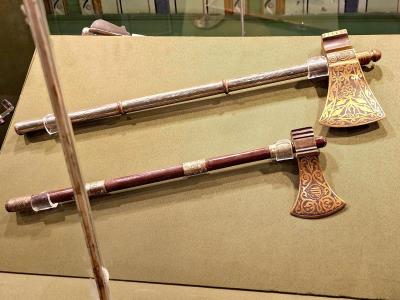Day 9-10 11/10/22 - 11/11/22
Egypt - Cairo
Frank's Trip
CLICK on any image to enlarge - use mouse cursor to move enlargement it if doesn't fit area
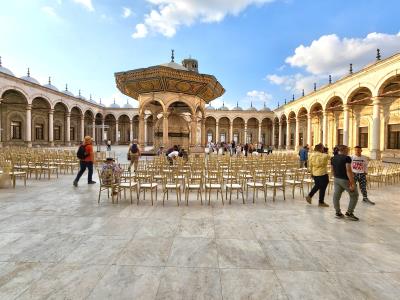
Back in Cairo...
After my poor experience on the train going to Luxor, I took the bus back to Cairo. The bus ran on time and made some stops for passengers a couple of places and just "rest stops" at a couple others for 10 minutes each. The temperature was pleasant. But the seats were definitely sized for 6 year olds - they made Main Cabin Airline seats seem spacious! And, at the end, in Cairo, I was dropped at the end of the line on an unknown street - no bus station! Had to walk a way to find a taxi to get me to my hotel.
The next day started out good with a short Metro ride to the Coptic Cairo area. Next a much too long walk to find one of the cemeteries of the Coptic Cairo area. Finally a long taxi ride to the Citadel.
Church of the Martyr Saint Barbara
The church of St. Barbara is among the churches of Old Cairo of historic importance. It was originally dedicated to St. Cyrus and St. John who were worshipped for their healing powers. A small church at the northeastern corner of the building commemorates these two martyrs. Documents from the 13th century mention that the relics of St. Barbara were kept in this church. Many of its precious items, like two door panels, a wooden screen, an icon and Bible caskets were transferred to the nearby Coptic Museum. The basilican structure and tripartite sanctuary of the church closely resembles the one of Abu Sarga. The church of St. Barbara houses some of the rarest icons.
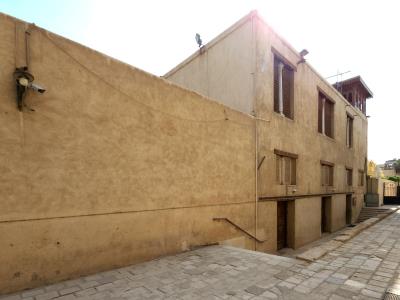
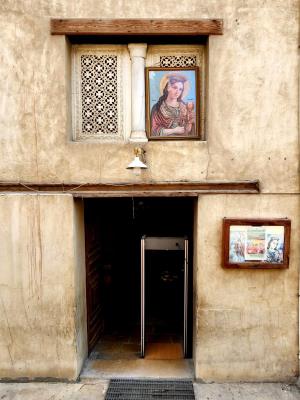
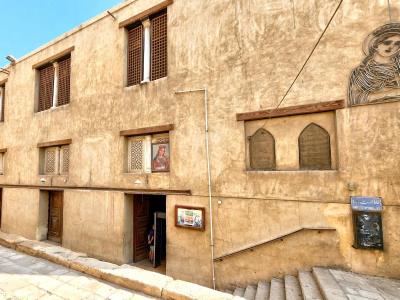
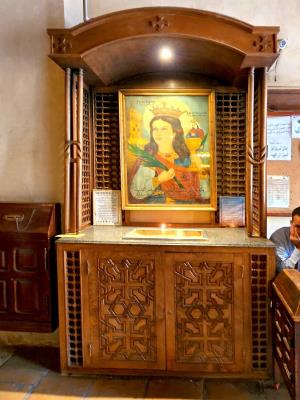
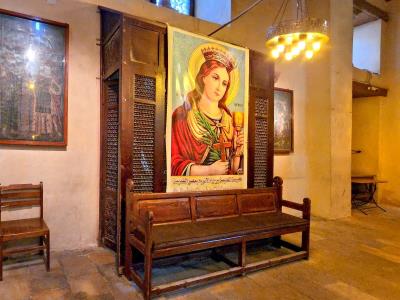
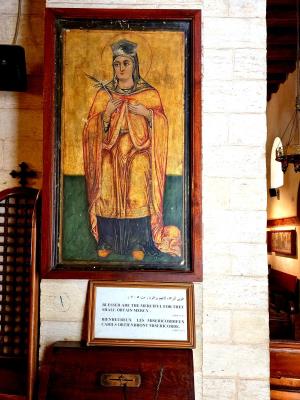
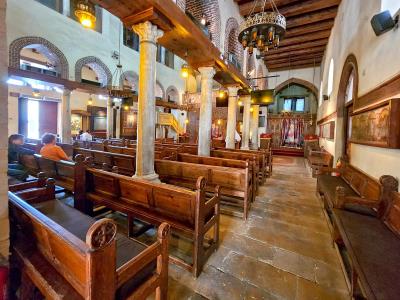
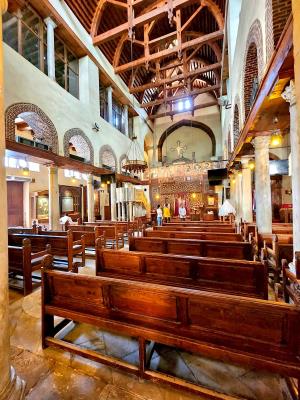
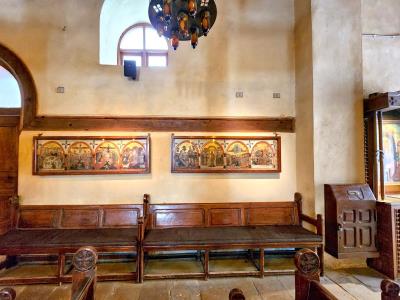
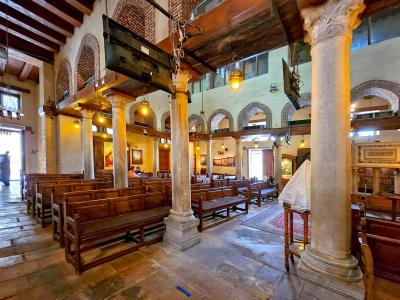
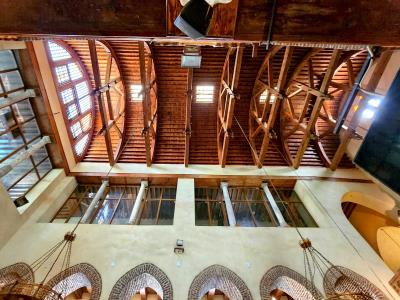
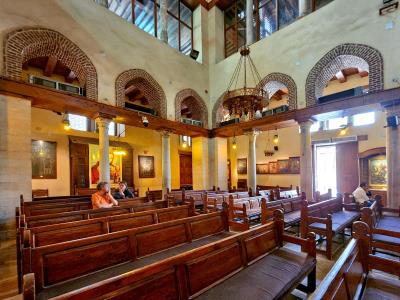
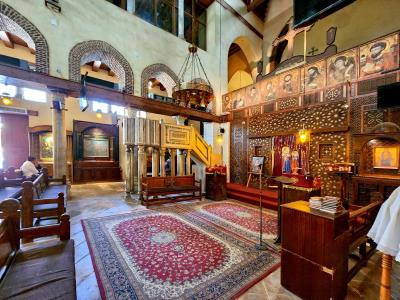
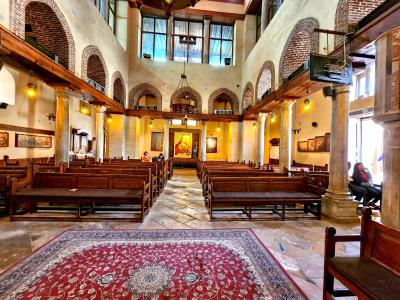
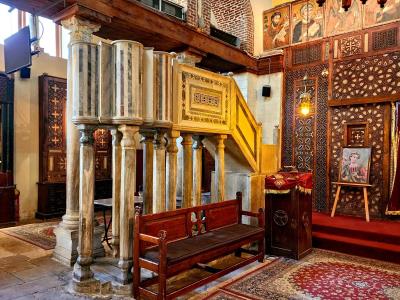
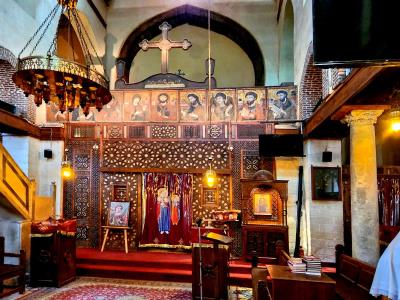
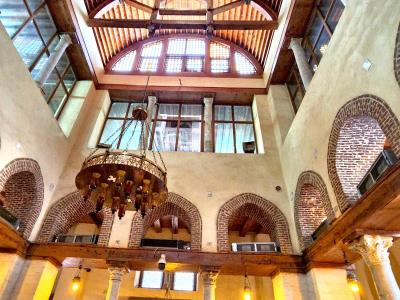
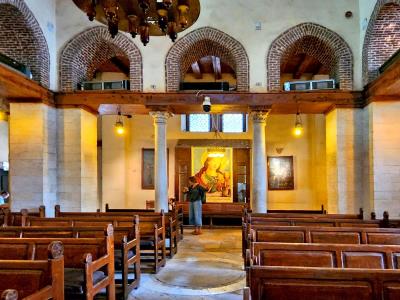
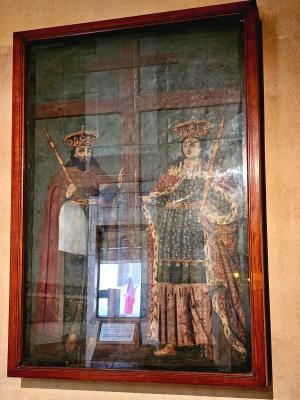
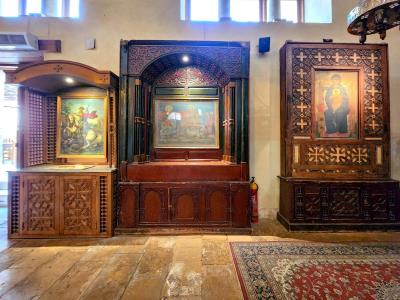
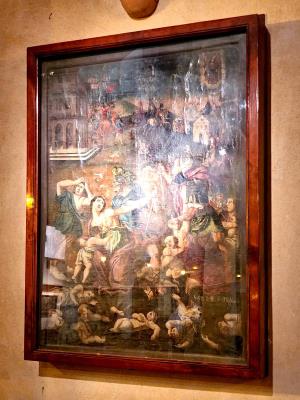
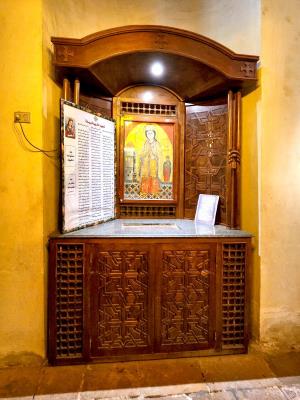
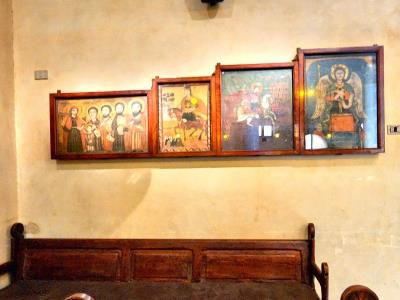
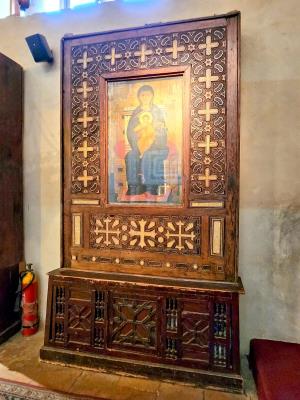
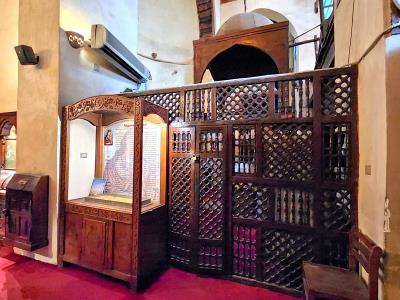
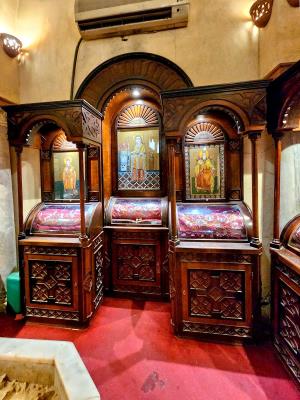
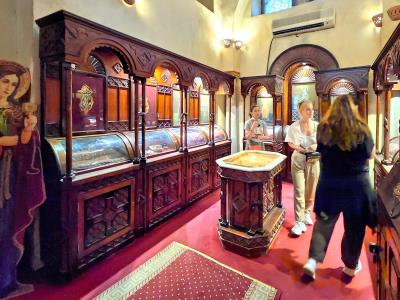
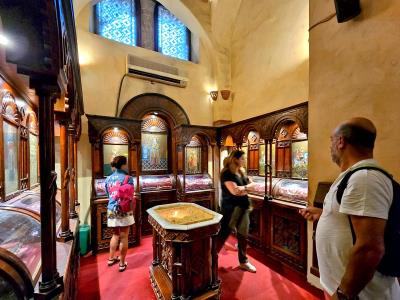
Merchants
One of the narrow alleyways within Coptic Cairo with many merchants. Along the sidewalls religious books relating to the area are predominant. There are souvenir shops and snack and water / drink vendors.
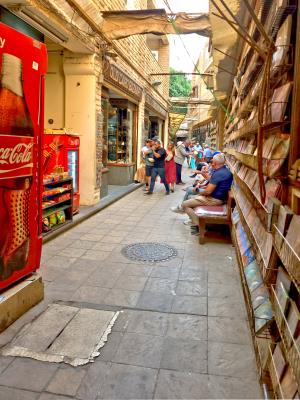
Coptic Cairo Cemetery
There are 3 cemeteries inside the Coptic Cairo area. They are extremely difficult to get into. If I had realized how far I'd have to walk to find this one and then how far to get back to a real street - these pictures wouldn't have happened.
City Of The Dead
I also drove through the City of the Dead. It is very similar to this cemetery insofar as the buildings are concerned. However, there are quite a number of people living in the City of the Dead.
How the cemeteries work
There are few single graves in these cemeteries. Instead there are these mausoleums which are constructed by relatively wealthy families for themselves and their heirs - so each may have quite a number of people interred there. These are multi-generational graves - most dating back quite a long way. Some of these belong to families with people surviving with the necessary wealth to keep the mausoleums up - others, not so much.
In the City of the Dead there are family members living in some of the areas and sometimes homeless people who have nowhere else to live. It is a sad place to see these people and just doesn't lend itself to photos.
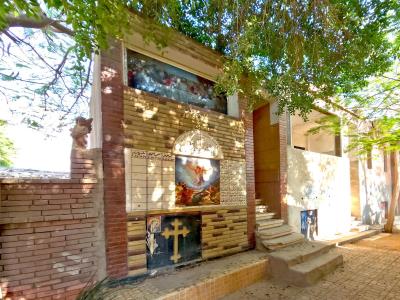
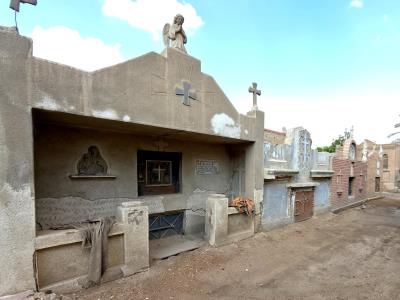
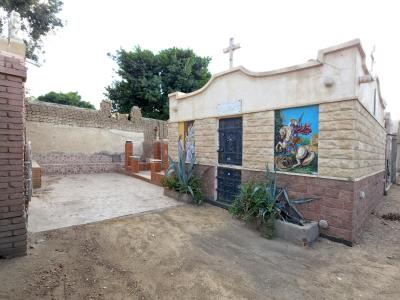
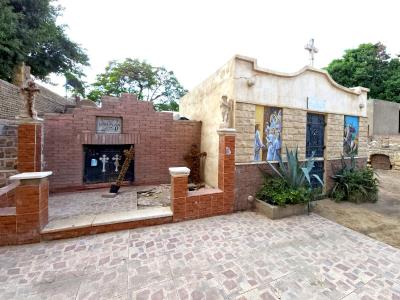
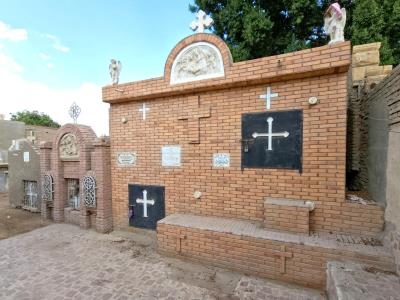
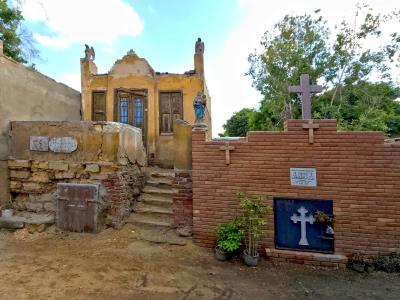
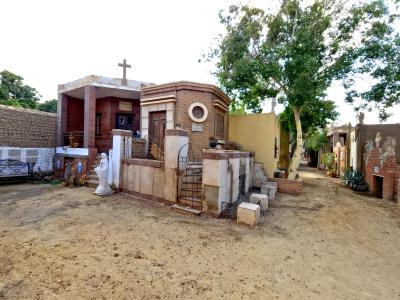
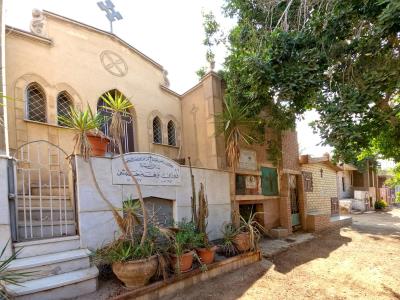
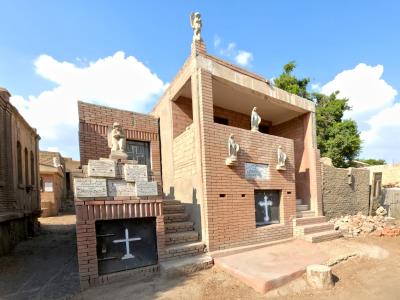
 Citadel of Saladin / Salah Al-Din Citadel
Citadel of Saladin / Salah Al-Din Citadel
Salah Al-Din Al-Ayoubi Castle
The Citadel of Sultan Salah al-Din al-Ayyubi (Saladin) is one of the most iconic monuments in Islamic Cairo, and among the most impressive defensive fortresses dating to the Middle Ages. Its strategic location on the Muqattam Hills gave it a formidable defensive position, and offered, as it still does today, an unrestricted panoramic view of Cairo.
Cairo's citadel was built by Saladin in 1176. The original structure he laid out has long disappeared except for the eastern outer walls, but a legacy of rulers has made their own additions here.
Inside the Citadel are the Egyptian National Military Museum, Police Museum, Mosque of Al Nasir Muhammad Ibn Qalaun, Mosque of Mohammed Ali. Other parts of the Citadel weren't currently open when I visited.
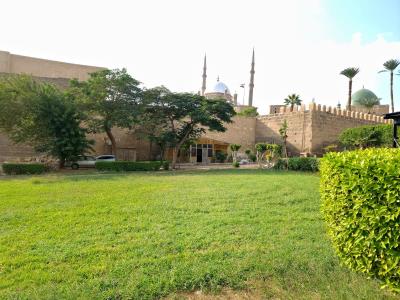
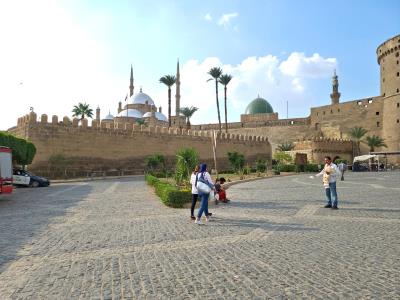
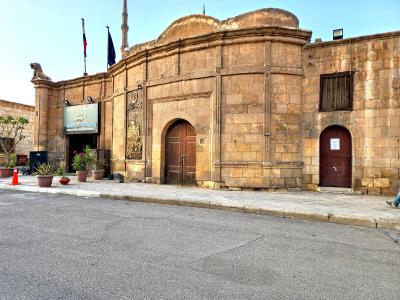
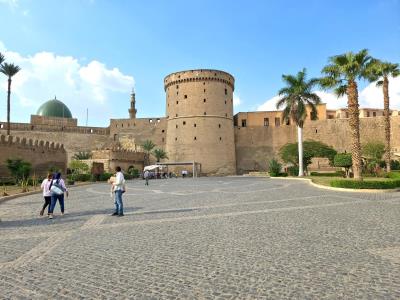
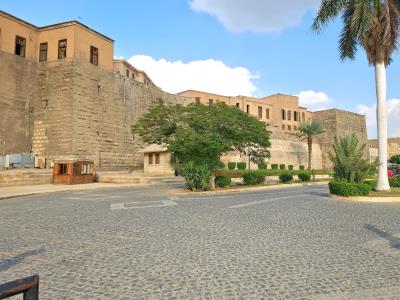
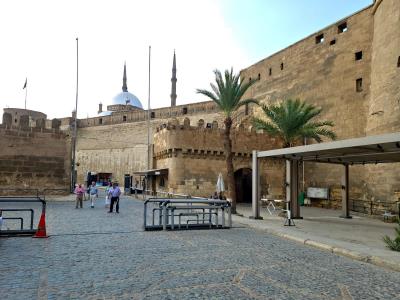
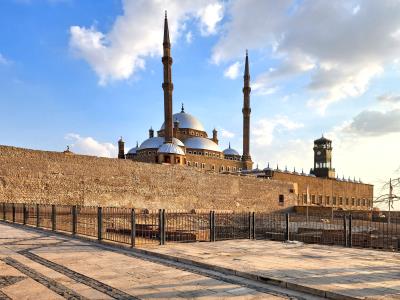
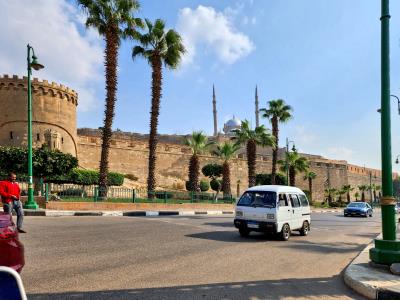
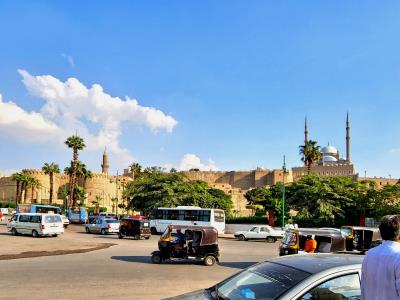
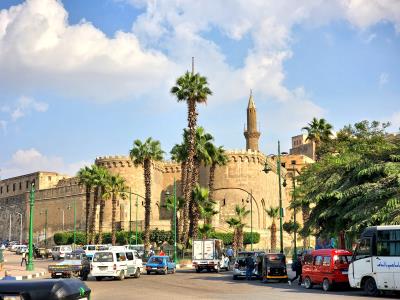
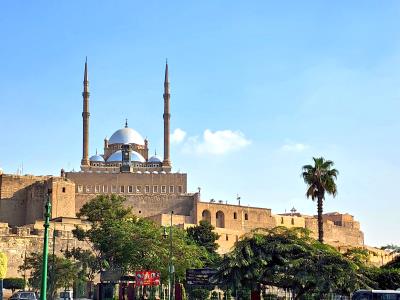
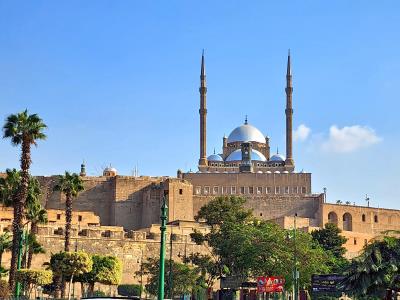
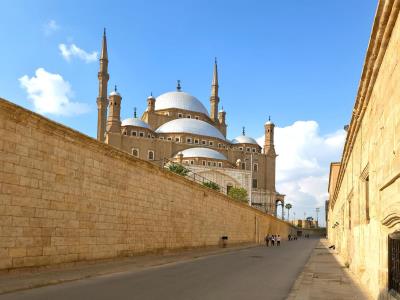
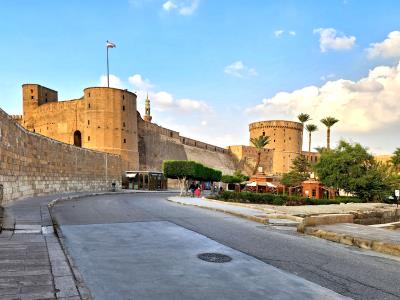
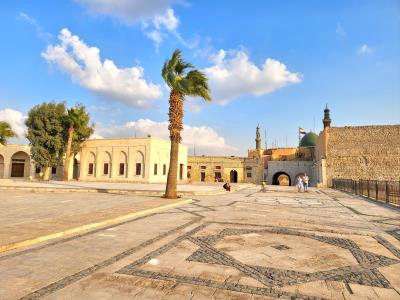
Mosque of Al Nasir Muhammad Ibn Qalaun
This is 1st mosque when entering Citadel. The mosque of Sultan alNasir Muhammad ibn Qalawun, in the Citadel of Salah al-Din al-Ayyubi (Saladin) in Cairo, was the royal mosque during the Mamluk Period (1250–1517 AD). It is located in the Citadel’s southern section. The Mamluk sultan, al-Nasir Muhammad, over the course of his forty two year reign that was interrupted three times, built more monuments than any other ruler of the Mamluk ruler. He decreed that this mosque be built in 1318 AD. After it was completed, however, he demolished it and rebuilt it in 1335 AD. This mosque was highly cherished by subsequent Mamluk sultans, and used by the Mamluk occupants of the Citadel.
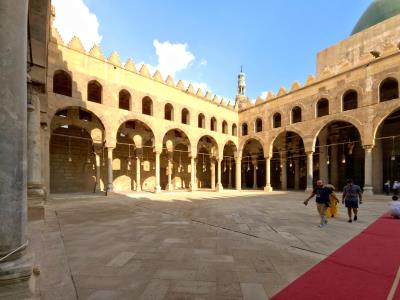
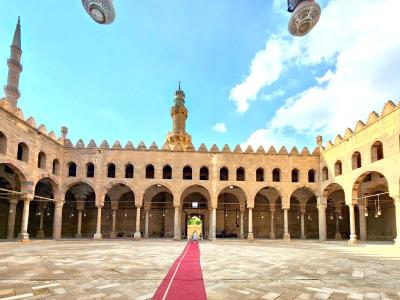
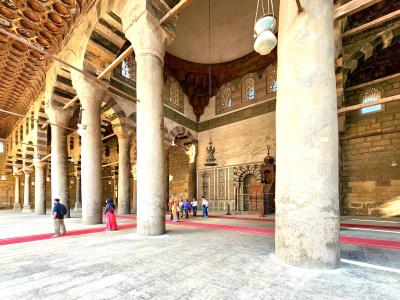
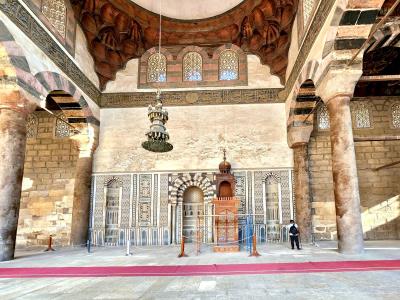
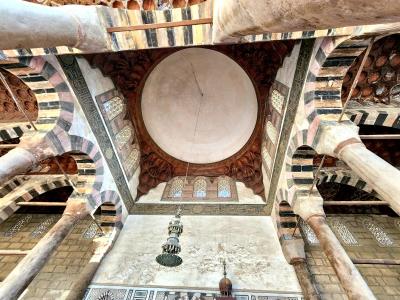
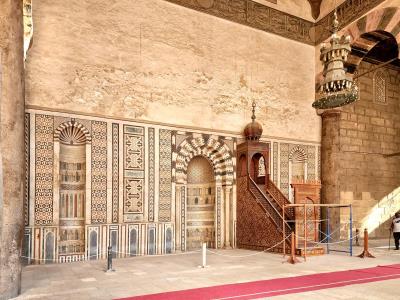
Egyptian National Military Museum
This museum is the first of its kind to be devoted to the history of the Egyptian military through the ages. The museum was first located in the building of the Ministry of Defense in Falaki in 1937, after which it was transferred to another building in the neighborhood of Garden City in 1938, before finally being transferred to al-Haram Palace in 1949 in the Cairo Citadel. This palace, built by Muhammad Ali Pasha in the 19th century, was renovated and reopened in 1993.
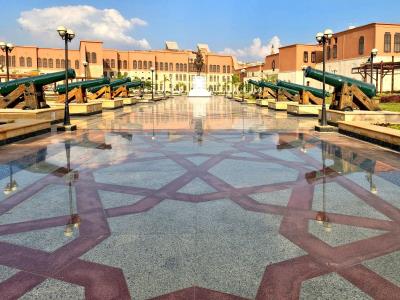
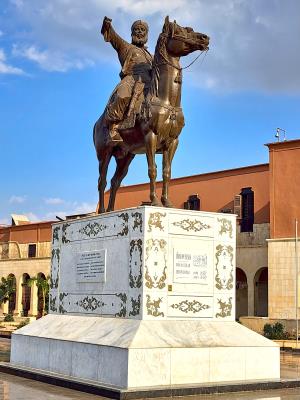
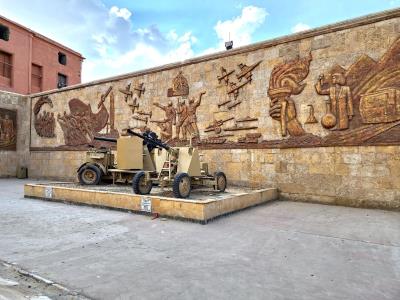
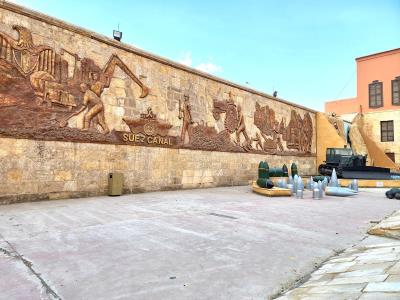
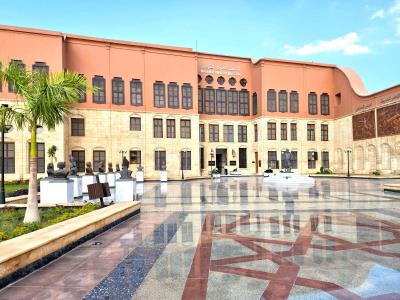
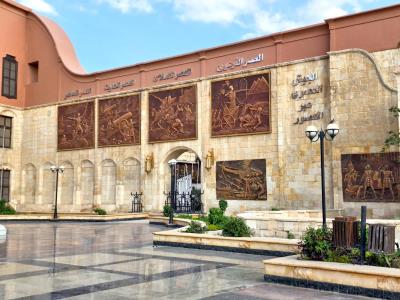
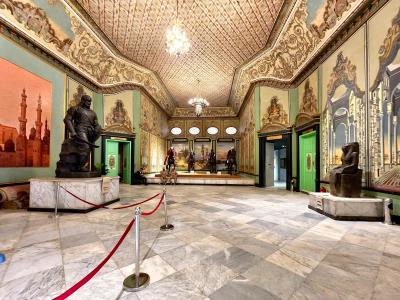
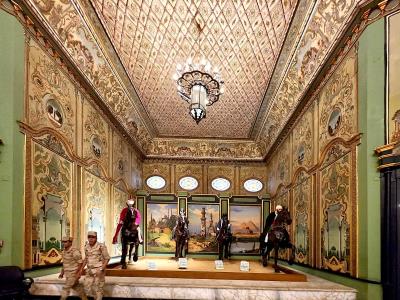
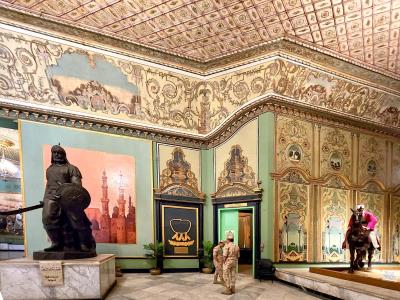
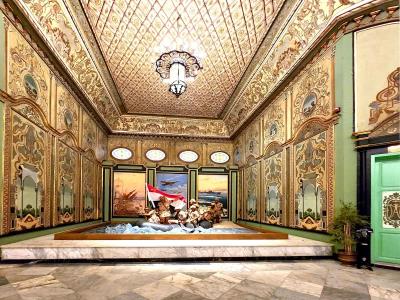
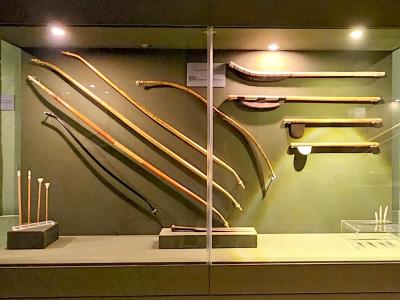
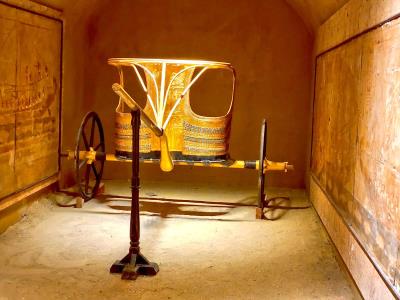
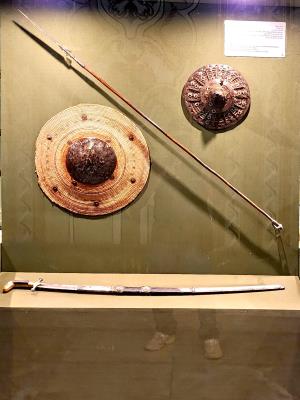
RIGHT: Replica of the sword of the Prophet Muhammad
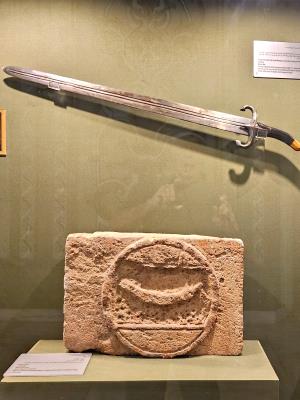
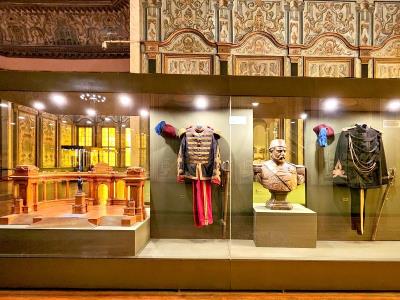
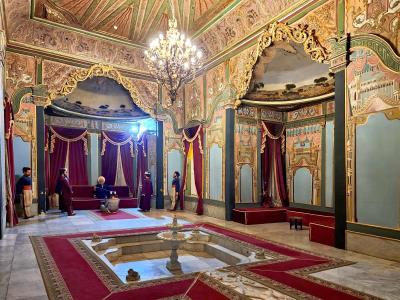
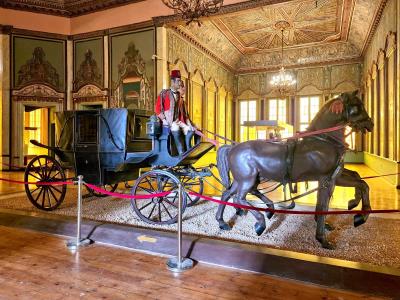
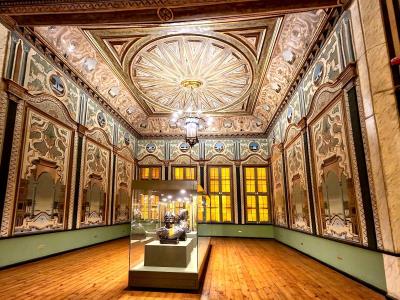
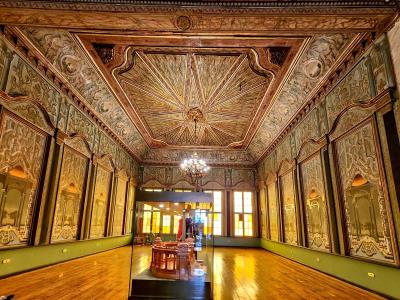
Mosque of Mohammad Ali - The Alabaster Mosque
The Mosque of Muhammad Ali is the most famous monument and the main reason for visiting. Nicknamed the "Alabaster Mosque," its white stone and tall, disproportionately slender minarets are one of Cairo's great landmarks.
The Mosque of Muhammad Ali (Alabaster Mosque) was built over the course of many years. Most records indicate that construction of the mosque was started in 1830, and was probably completed by 1857. The mosque got its name from its tremendous reliance on the lovely alabaster stone quarried from Beni Suef. The minarets are considerably higher than average, measuring a staggering 270 feet in height. It was financially funded by Muhammad Ali Pasha, who was then the ruler of Egypt. Muhammad Ali Pasha was also the last of the line of kings in the country.
In addition to its unusually high minarets, the mosque’s distinctive domes are also a contrast to the needle-like minarets, and as any visitor can attest to, the interior of the mosque is an ideal match to the impressive exterior. The mosque is also home to a huge solid marble pulpit which interestingly enough is the largest in the country, and the light reflects from cut crystal, gilt covered surfaces. The site is also famed for its more than 136 stained glass windows in the domes.
The courtyard is also impressive because it is actually larger than the mosque itself, and its massive central fountain, along with its 47 arched doorways give the setting a regal and palatial look.
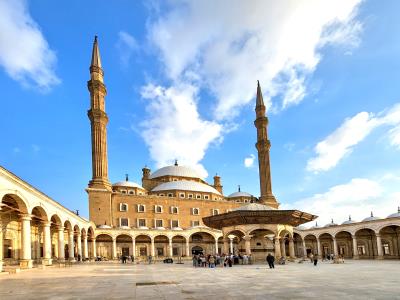
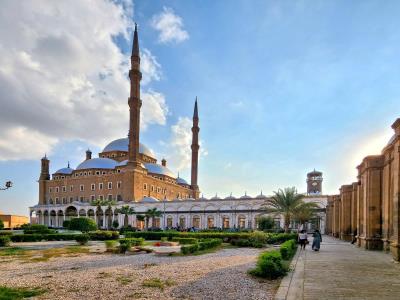
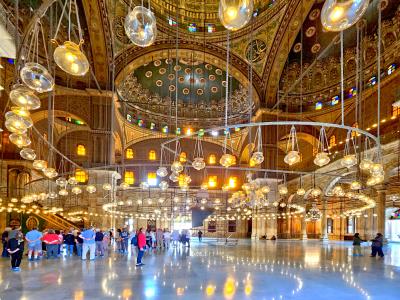
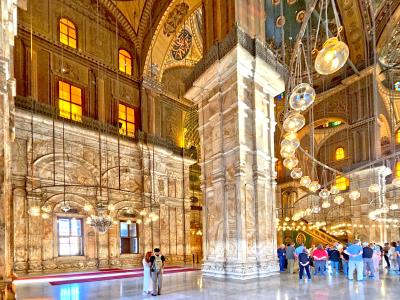
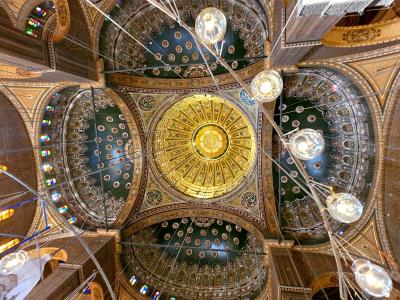
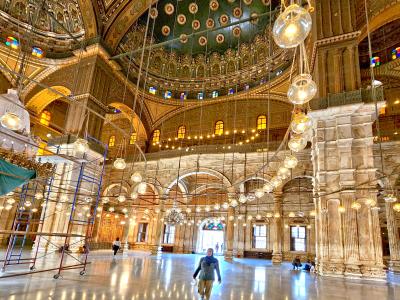
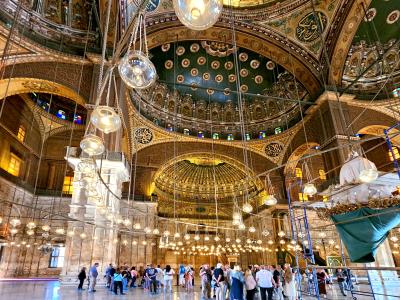
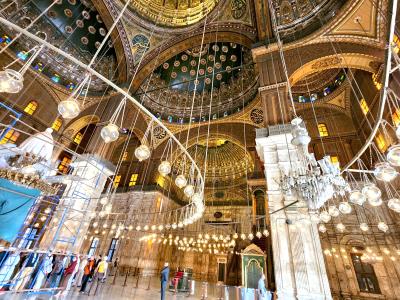
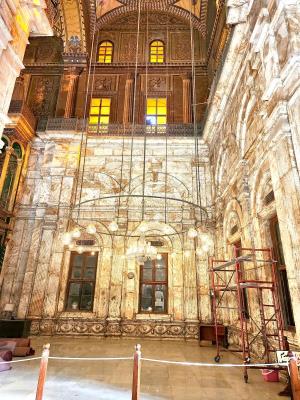
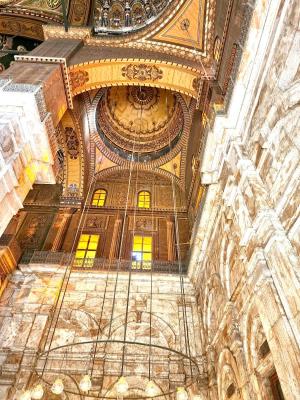
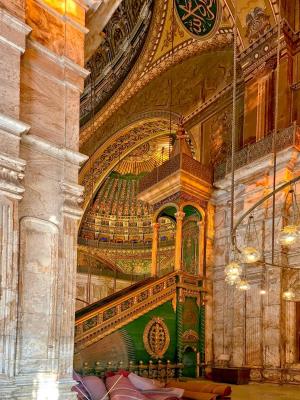
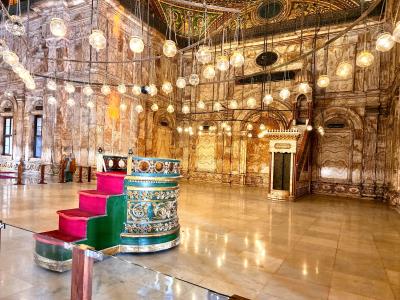
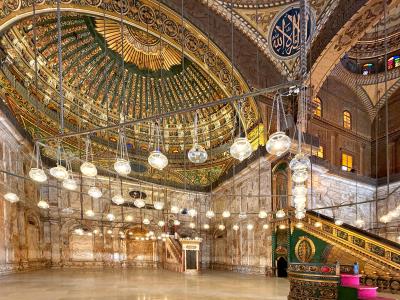

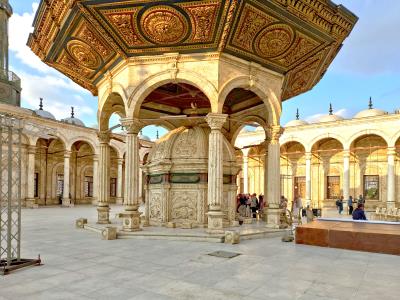
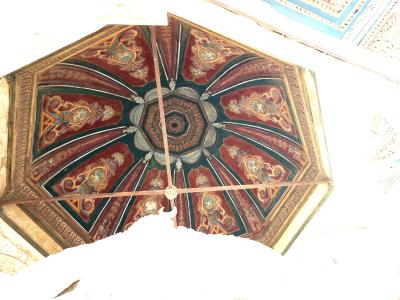
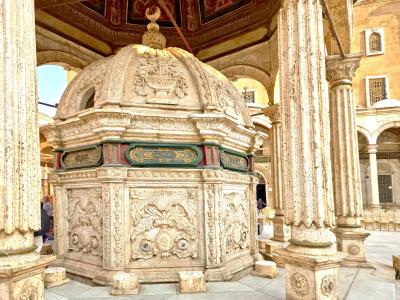
Videos: Mosque of Mohammad Ali Pasha
Short video inside the mosque
Click [ ] icon for full screen
